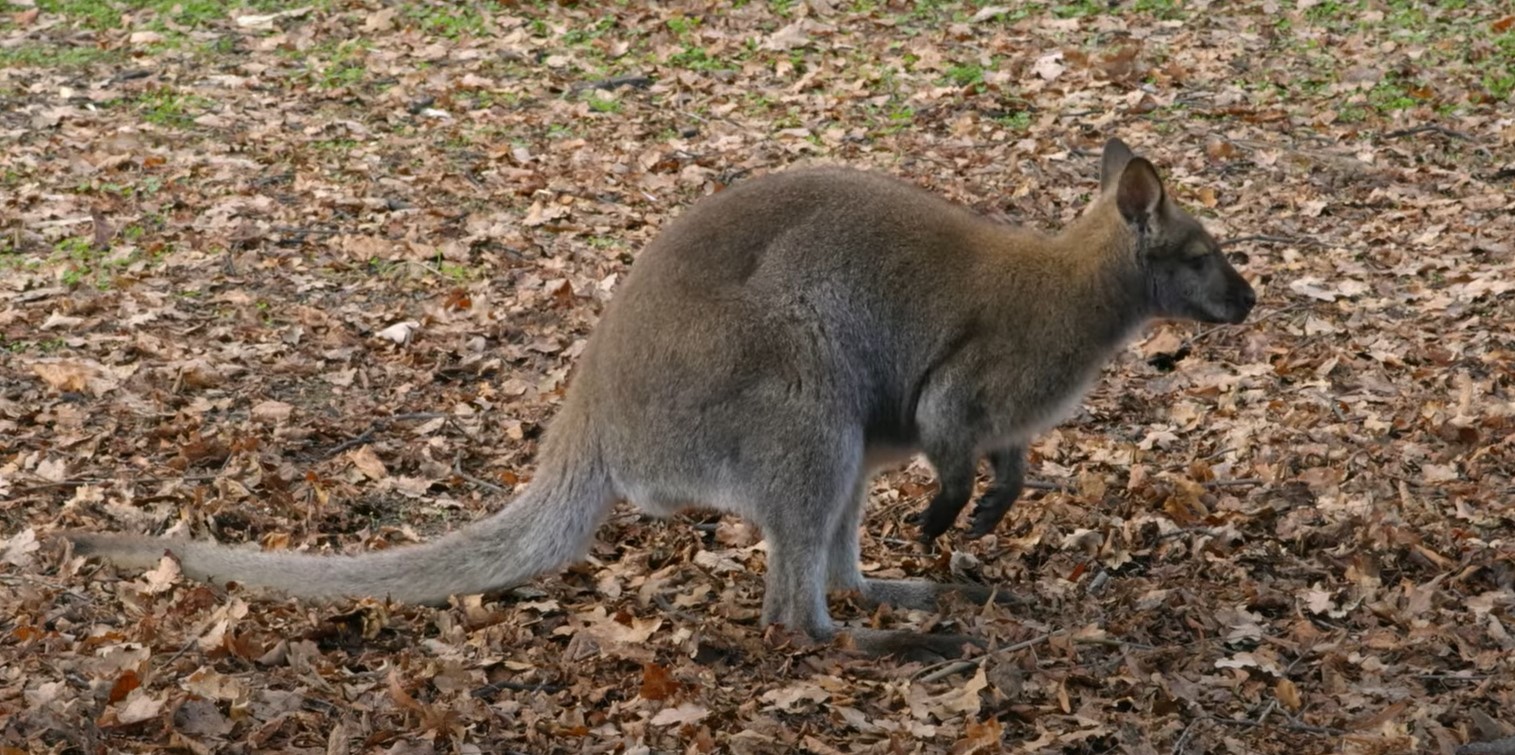Why wallabies are a pest
Wallabies are a national pest problem that needs collective efforts to solve. Find out more about this pest animal and the damage it causes.
How wallabies got here, how they have spread
Bennett’s wallabies were introduced to South Canterbury from Australia in 1874 and by the 1940s had become a significant pest.
They have no natural predators in Aotearoa and have adapted well. They currently occupy around 1.5 million hectares of land in the South Island, mostly in South Canterbury.
They are very mobile and in the last 15 years, their numbers have been increasing exponentially, spreading further afield from Canterbury’s designated 900,000-hectare wallaby containment area.
The containment area is bordered by three river systems: Rangitata in the north, Waitaki in the south and Takapō/Tekapo in the west.
The damage wallabies can do
Wallabies can significantly impact our economy and local biodiversity values by:
- destroying productive farmland by competing with livestock for pasture and damaging crops and fences
- impacting the profitability of commercial forestry by eating young trees
- reducing biodiversity in our iconic landscapes
- stopping native bush regeneration which impacts native wildlife habitat and food sources.
This damage can lead to negative social and cultural impacts, including:
- For tangata whenua, cultural health, wellbeing, and identity are strongly linked to the physical environment and any impacts are considered holistically together with the impacts on forest health and taonga species.
- Reduced farming income and employment can have far-reaching impacts on rural populations, their social and community infrastructure such as schools, and on farmer resilience to the impacts of other pest incursions or events.
Wallabies are classified as an unwanted organism under sections 52 and 53 of the Biosecurity Act 1993. That means they can’t be held as a pet, bred, sold, moved (transported), released or exhibited without a permit. There are fines of up to $100,000 and/or five years imprisonment for those who do.
What to look for
Wallabies look like a small kangaroo. They grow up to 80cm tall, which is approximately the height of an average dining table, and weigh between 15kg and 25kg. Their body colour is grey-brown with reddish-brown shoulders and neck, with black tipped hind feet and tail.
They leave distinctive tracks, it is unusual for fully formed prints of the whole feet to be left at a site. Creek crossings, bare ground tracks or clay slips are the best places to look. Sometimes a tail drag mark can be seen on very soft ground or in snow.
Their scat (poo) is a good indication if wallaby have been in an area for some time. It is often pelleted and found in clumps, normally coarse in texture with vegetation fibres visible.
Wallaby facts
Scientific name: Macropus rufogriseus rufogriseus
Common name: Bennett’s wallaby or red-necked wallaby
The Bennett’s wallaby is the largest of the five species of wallabies present in Aotearoa, and the only species found in the South Island. In the North Island the smaller dama wallaby is present around Rotorua. The remaining species are on Kawau Island in the Hauraki Gulf.
Habitat
- Bennett’s wallaby prefer the edges of dense scrub, pine plantations, native bush and heavy snow tussock where they take refuge during the day and then feed in open areas of grassland along the margins at night.
- They can be found anywhere below 2000m above sea level.
Habits and diet
- They are generally a nocturnal, semi-solitary animal. They are alert during the day and hard to approach unaware.
- They have a high dietary overlap with stock so are in direct competition for food resources. Approximately three wallabies consume as much as an average ewe (one stock unit) each night.
- They feed on understorey plants and seedlings in native bush, preventing regeneration which destroys native wildlife habitat and food sources.
Breeding
- Bennett’s wallaby can breed from a young age, which means populations can build quickly if not well-managed. One female wallaby can potentially stem a new population.
- The peak breeding season is in February and March. When the female is in season she will often be followed by several males.
- Males and females are reproductively mature by two years of age. Females will only raise one joey per year. They can initially carry twins but only carry one to weaning as there is not enough room in the pouch.
- The joey is born after a 28 - 30-day gestation, partially formed, naked and blind with well-developed forearms. It climbs into the pouch and attaches to a teat. At around nine months, it will start to venture out of the doe’s pouch.
- Another unborn young can be retained in the mother’s body in utero for nearly a year, awaiting availability of the pouch. This is known as delayed implantation or embryonic diapause. So, a wallaby doe with young in pouch and one in utero could stem a new breeding population if one of the young is a male.
- Bennett’s wallabies may live nine years or longer.
Educational resource
Check out this fun wallaby colouring activity from Tipu Mātoro National Wallaby Eradication Programme.





